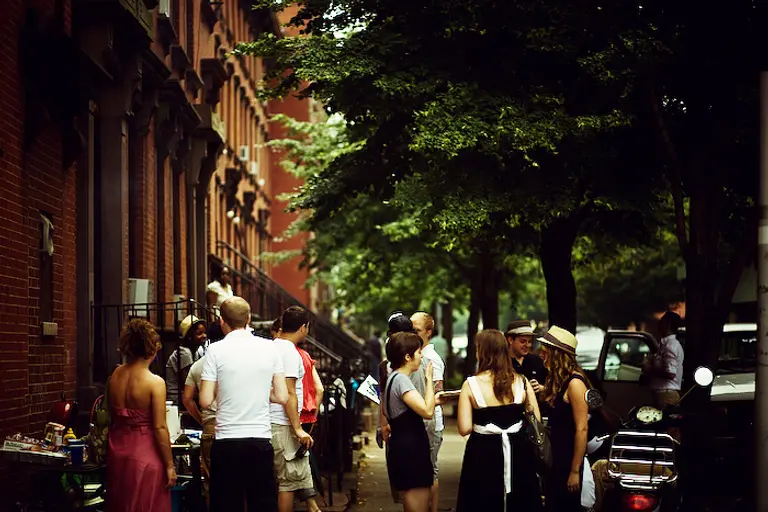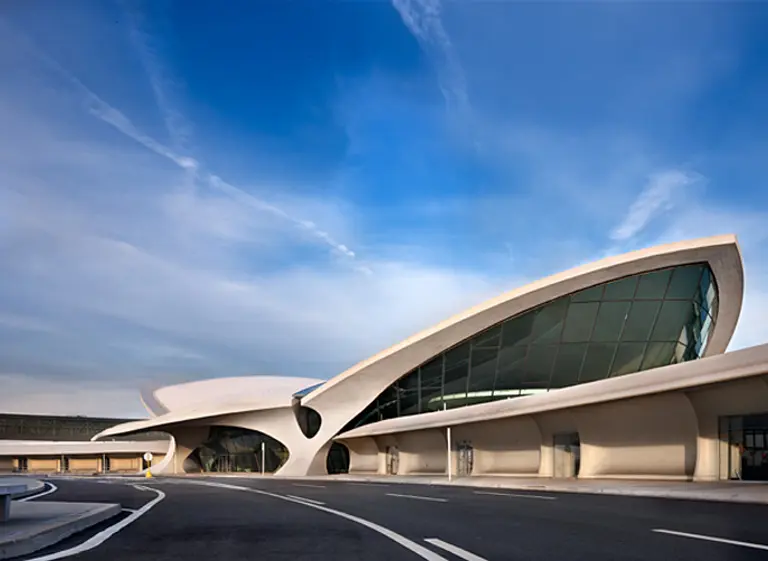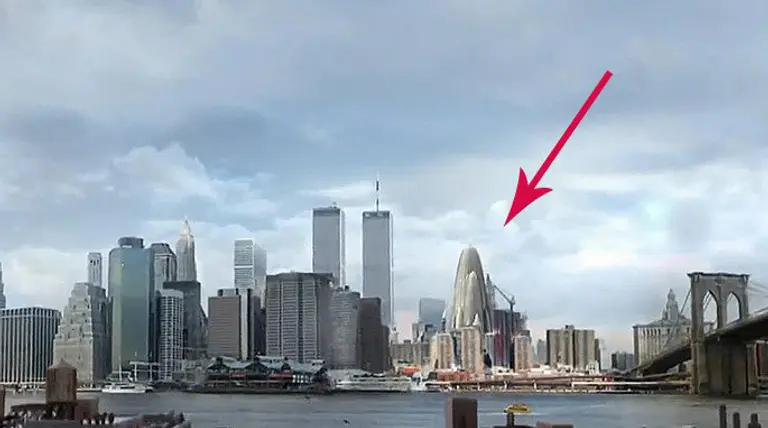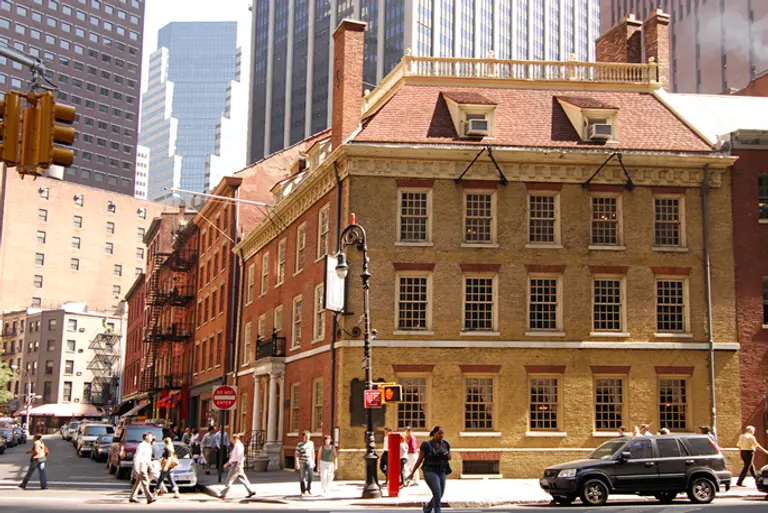Explore the East Village Through Poetry and Poets of the 1950s to Present
More on the project and podcast

Photo by brandon king cc

Photo courtesy of Beyer Blinder Belle

Gaudi’s proposed building in the New York skyline, as imagined by the TV show “Fringe.” Image © FringeTelevision.com

Image credit: MAAP
The Fraunces Tavern Museum at 54 Pearl Street in FiDi has a long history of use, changing hands and purpose countless times since it was constructed back in the 18th century. What started as a simple rental home was later turned into a dance studio, eventually finding itself as a popular tavern-slash-boarding-home-slash-community center throughout and after the Revolutionary War. The […]